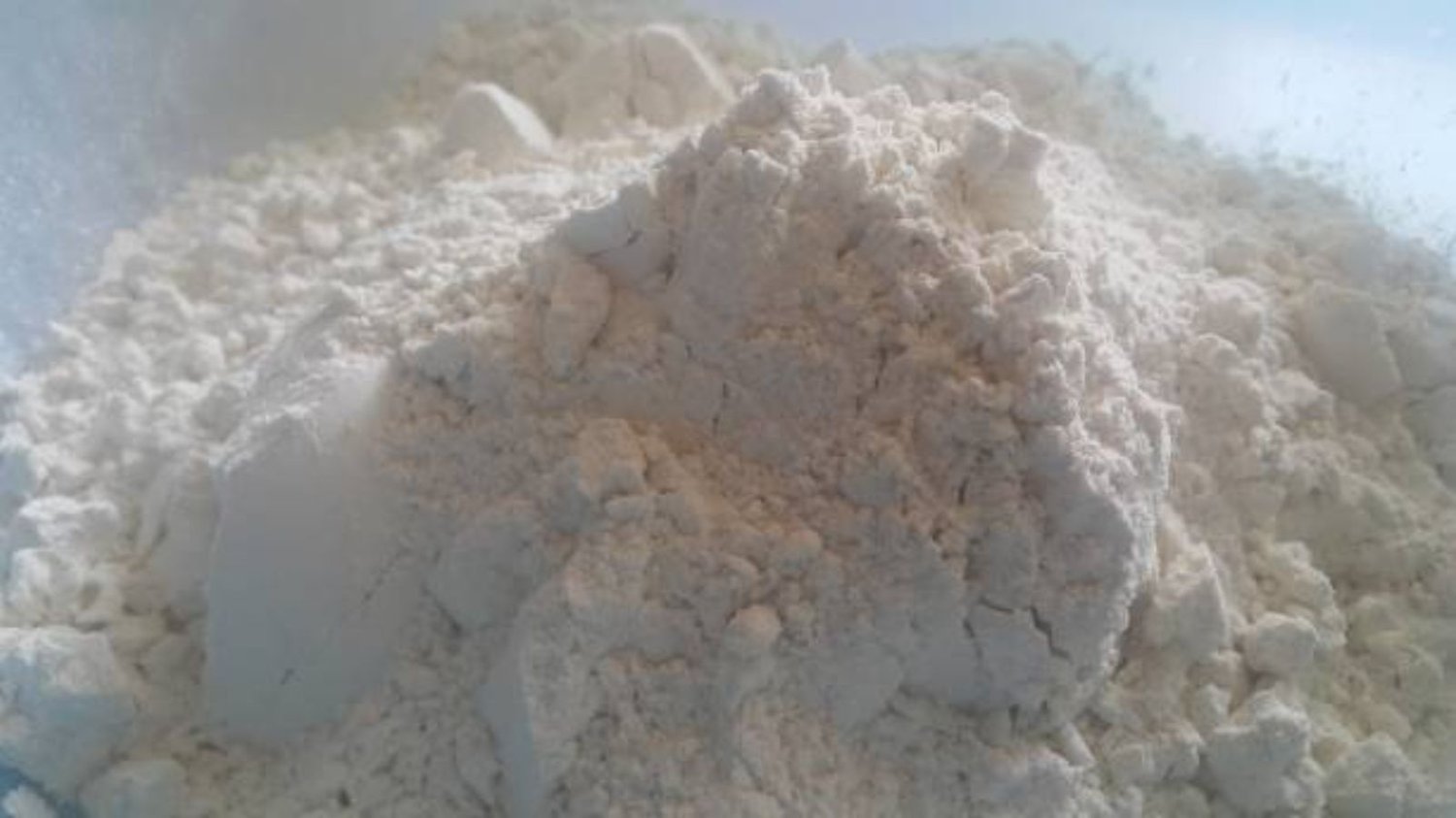The Origins of Glabridin
Glabridin is a natural compound found in licorice root (Glycyrrhiza glabra). Most people recognize licorice root as the black, chewy candy that often accompanies movie theater snacks, but it has been used in traditional medicine for centuries.
Glabridin as a Skin Lightener
One of the most popular uses for glabridin is as a skin lightening agent. It inhibits tyrosinase activity, which is responsible for the production of melanin. Melanin is the pigment that gives skin its color, so by decreasing its production, glabridin can even out skin tone. It is particularly effective in reducing the appearance of hyperpigmentation caused by sun damage.
Glabridin for Anti-Inflammatory Purposes
Glabridin also has potent anti-inflammatory properties. It has been shown to reduce redness and irritation in people with sensitive skin. One study even found that it reduced the severity of acne in volunteers when applied topically.
How Glabridin Enhances Sunscreen
Glabridin is a flavonoid, which is a type of antioxidant. Antioxidants are important in protecting the skin from harmful environmental factors, including UV radiation. Adding glabridin to sunscreen can enhance its protective qualities by preventing the breakdown of other active ingredients.
The Future of Glabridin
Research into the potential health benefits of glabridin is ongoing. In addition to its cosmetic uses, scientists are exploring its potential benefits for the treatment of diseases such as cancer and diabetes. However, more research is required before any definitive conclusions can be drawn.
The Side Effects of Glabridin
Glabridin is generally considered safe for topical use in cosmetic products. However, some people may be allergic to the compound and experience skin irritation or redness. It is always important to patch test a new product before applying it to the entire face or body.
Glabridin vs. Hydroquinone
Hydroquinone is another commonly used skin lightening agent. It works similarly to glabridin by inhibiting tyrosinase activity. However, hydroquinone has been linked to some potential side effects, including skin irritation and possible carcinogenic properties. Glabridin is considered a safer alternative for people with sensitive skin.
Glabridin Concentrations
The optimal concentration of glabridin in cosmetic products is not yet clear. Some studies suggest that concentrations as low as 0.5% can provide effective skin lightening results, while others recommend concentrations up to 3%. It is important to follow the manufacturer's instructions carefully and use products only as directed.
Glabridin and Hormone Levels
One potential concern with using glabridin is its potential effects on hormone levels. Although there is no evidence that it causes hormonal changes in humans, some studies on animals have shown conflicting results. More research is needed before any definitive conclusions can be made.
The Environmental Impact of Glabridin
The extraction of glabridin from licorice root can have environmental consequences, particularly if not done sustainably. However, many companies are now using eco-friendly extraction methods to minimize their impact. It is important to choose products that are made with sustainable ingredients and produced in an environmentally conscious manner.

